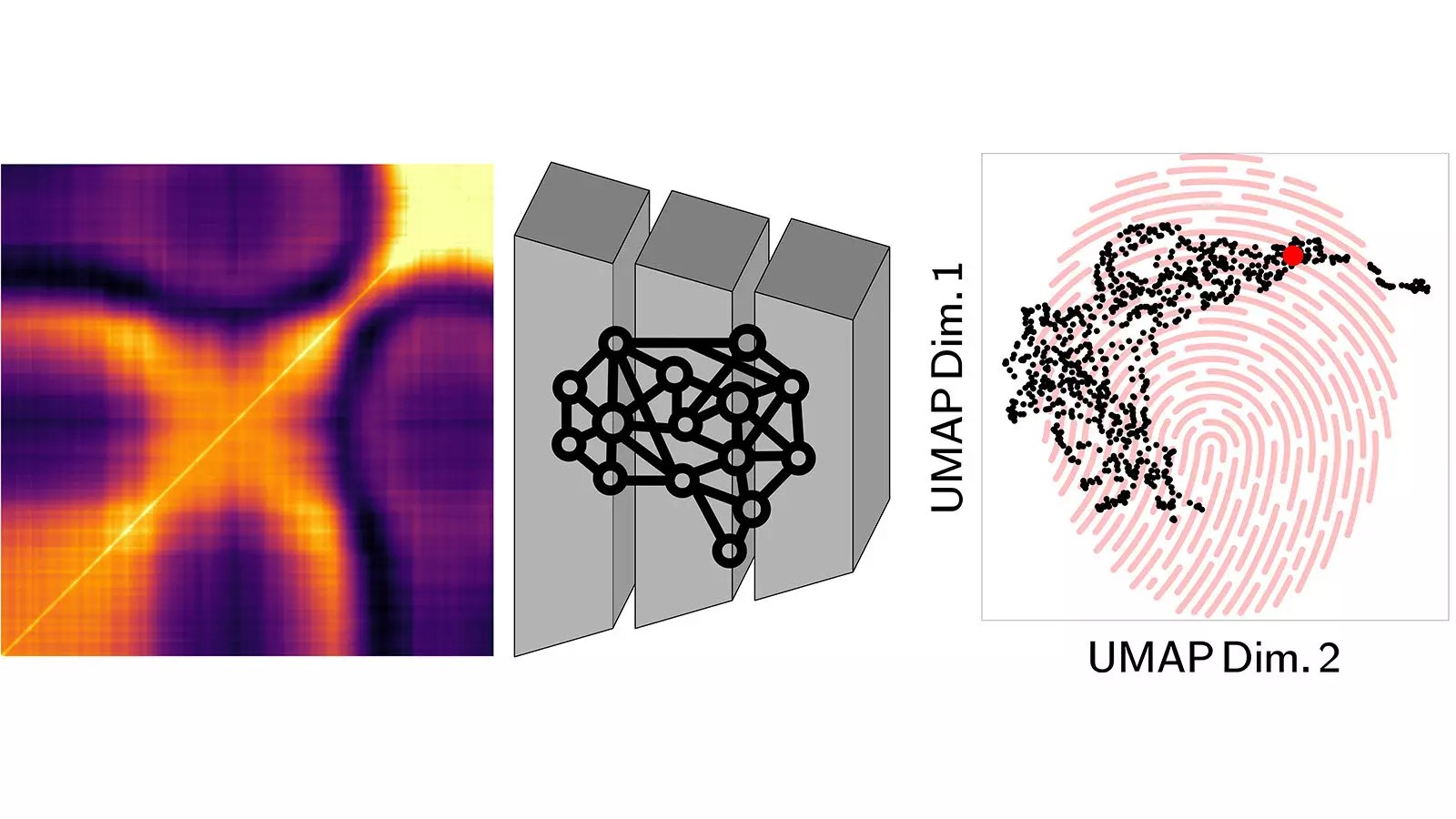Modern science has ushered in a new era where materials are no longer seen as static entities; they are dynamic systems that evolve naturally over time. This shifting perspective is crucial, as understanding material behavior under various conditions—like stress and relaxation—can unveil critical insights for numerous applications, from engineering to pharmaceuticals. However, the methodological challenges inherent in capturing and interpreting this complexity have remained a significant barrier. The integration of advanced techniques such as X-ray photon correlation spectroscopy (XPCS) with artificial intelligence (AI) offers an exciting solution to this problem, creating opportunities for significant breakthroughs in the field of material science.
The Innovation of XPCS and AI in Material Science
Researchers from Argonne National Laboratory have developed a groundbreaking technique that synergizes XPCS with machine learning to extract meaningful “fingerprints” of materials. These fingerprints represent intricate patterns embedded in X-ray scattering data, which traditionally have eluded both human experts and conventional data analysis methods. By employing an unsupervised machine learning algorithm, researchers can develop a self-learning system that discerns these hidden patterns without needing initial training from human specialists. This approach not only streamlines the analysis but also enhances the accuracy and depth of information accessible to scientists, representing a paradigm shift in how we study material dynamics.
Artificial intelligence, particularly through neural networks, mimics human cognitive capabilities allowing machines to recognize complex patterns. This capacity to identify and categorize shapes within X-ray data is akin to how a skilled investigator examines evidence at a crime scene. Just as a detective would sift through clues to form a narrative, AI parses vast quantities of data to reveal the underlying structure of a material—an endeavor previously thought insurmountable due to the data’s sheer complexity.
Creating Fingerprints: The Mechanism Behind AI-NERD
The project titled Artificial Intelligence for Non-Equilibrium Relaxation Dynamics (AI-NERD) epitomizes this innovative approach. The researchers utilize a refined method known as an autoencoder—a type of neural network that condenses the original image data into a manageable format, or latent representation. This transformation is pivotal; it not only compresses the information but also sets up a framework wherein patterns can be accurately grouped and analyzed.
By mapping these latent representations, the researchers can create a topological view of material features, clustering similar fingerprints to foster a deeper understanding of material evolution over time. This clustering strategy is beneficial, as it illuminates the relationship between external stresses and the material’s internal structures, integrating complex data into a more coherent analysis. This innovative methodology positions AI as an essential ally in future material studies, particularly as the capabilities of X-ray facilities like the Advanced Photon Source are amplified.
Unlocking New Possibilities for Material Research
With the imminent upgrade to the Advanced Photon Source, which promises to generate X-ray beams 500 times brighter than its predecessor, the demand for sophisticated data analysis becomes increasingly critical. Horwath emphasizes that the enhanced data output from these advanced facilities will necessitate the robust capabilities of AI to keep pace with the influx of information. The expectation is that traditional methods of analysis will falter under such an overwhelming volume. Here, the combined forces of XPCS and AI can not only manage but also leverage this deluge of data to uncover insights that were previously unattainable.
What sets this collaboration apart is the dual focus on theoretical and practical applications. The integration of molecular simulations alongside traditional experimental methods fosters a holistic ecosystem for material research. As scientists synthesize data to train AI workflows, they enrich the knowledge base, constructing a powerful feedback loop that enhances both experimental and computational material science.
The Broader Impact of AI in Science
The implications of this research transcend the immediate goals of material science. The methods being developed may also serve as foundational stepping stones for innovations in various fields such as chemistry, biology, and even nanotechnology. In a future where AI-driven analytics dominate the scientific landscape, researchers can look forward to a landscape that allows faster experimentation and a far deeper comprehension of materials at both macroscopic and microscopic levels.
Such advancements not only enhance scientific investigation but also pave the way for breakthroughs in sustainable technologies and advanced manufacturing, ultimately enriching our society. AI, when harnessed effectively, presents an opportunity to redefine our approach to complex material interactions and unlock a treasure trove of scientific knowledge.


Leave a Reply